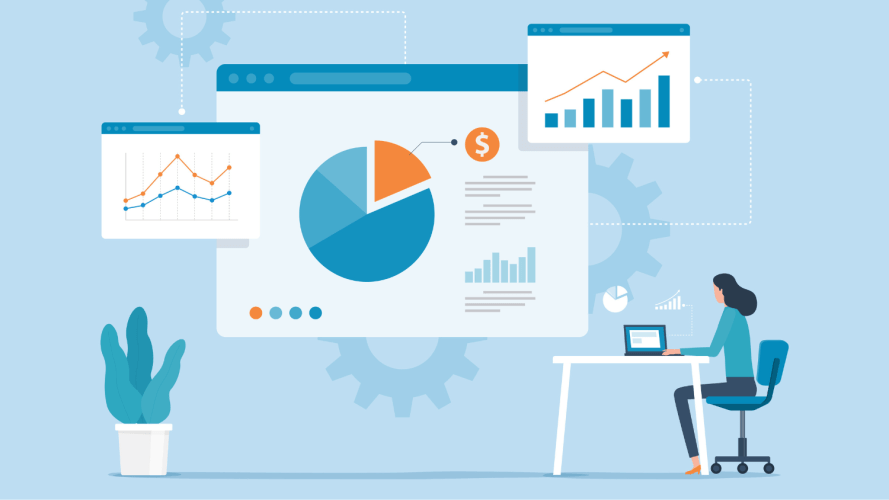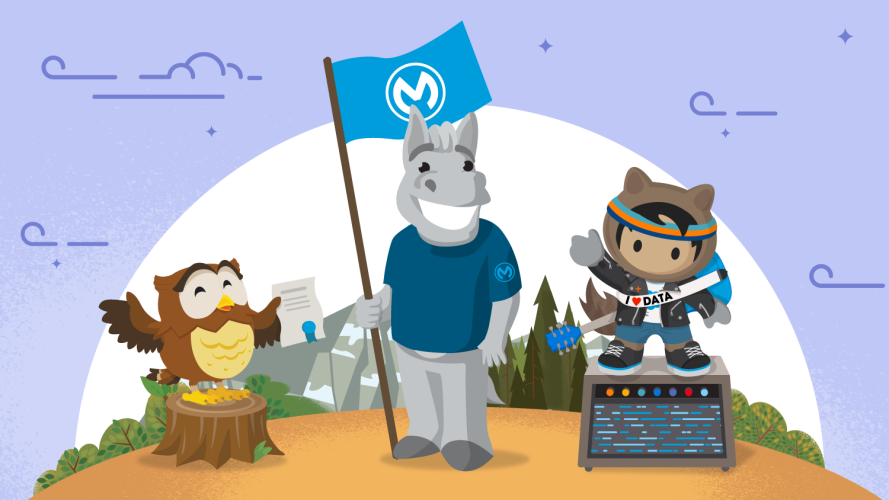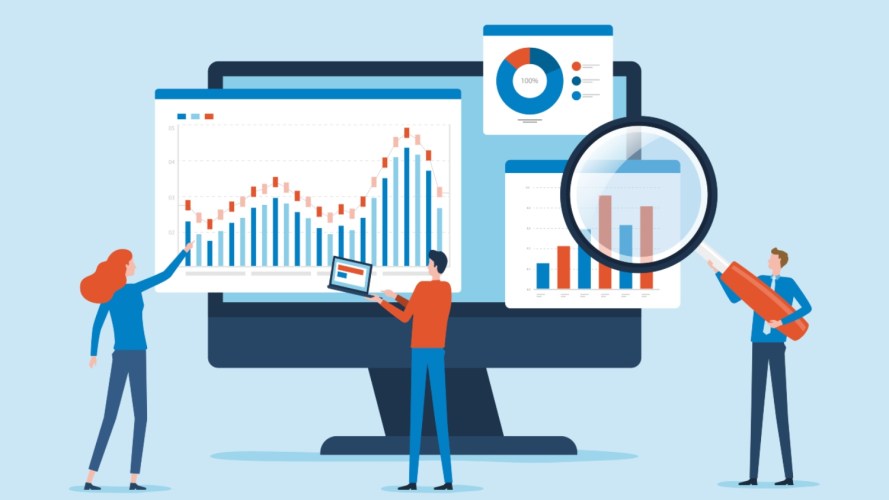Top 3 Benefits of Generative AI for Data Analytics



Understand your data. Transform your business into a productive, efficient machine with generative AI for data analytics.

Ma-Keba Frye
The numbers don’t lie. Data is the new currency: 58% of companies that use data to make decisions are more likely to exceed their revenue targets than those that don’t.
Yet, despite the abundance of data available, 41% of business leaders say they can’t understand their data because it’s too complex or hard to access, while another one in three can’t generate insights from it. The introduction of generative AI technology changes all of this.
Generative AI for data analytics allows users to speed up their time to insight and explore their data in seconds. Let’s dive deeper into three specific benefits of generative AI for data analytics and explore some use cases that highlight its value.
1. Automate and accelerate your data analytics
When paired with a data analytics platform, generative AI brings automated analytics to the surface. Users of all skill levels can interact with the data through text-based questions and commands called prompts. They explore and gather useful insights to better understand business performance and support decision-making.
It’s as simple as asking the AI, “What are the top five customer preference trends for the previous quarter?” Based on your company’s data, it then summarizes the most relevant and up-to-date information using natural language processing (NLP) or plain language.
Together, generative AI and the analytics platform can recognize patterns, identify inconsistencies, pinpoint hidden trends, and highlight the underlying causes of business challenges.
Let’s take a look at generative AI for data analytics in action.
Meet Ebony, the sales manager responsible for closely tracking sales performance at Renaissance, a fictional clothing company.
Ebony uses generative AI to set up a notification that alerts her to drastic changes in the company’s sales. When she logs into her data platform, she receives the alert, “Footwear is seeing an unusual spike in sales.” It also notifies her with the message, “This quarter to date, footwear sales are 25% higher than the normal range.”
Because generative AI automatically notifies her, Ebony can swiftly analyze the data straight through the platform. Using questions suggested by the AI, such as, “How do sales compare to this time last year?” she can learn more about these recent changes. She can also enter her own prompts, like “What products are contributing to the increase in footwear sales?” Through this process, she learns that Renaissance’s sales of silver cowboy boots are driving up their footwear sales.
With these valuable insights, Ebony can guide her sales team with the accurate, up-to-date knowledge they need to succeed.
Stay current on AI trends
Get the inside scoop on automation and AI, reading insights from over 1,600 IT and business leaders around the world. Market intelligence firm IDC compiled this effective report for Salesforce, and now it’s in your hands.



2. Get insights when and where you need them
Since generative AI helps categorize and segment data, you can uncover valuable insights that may have been otherwise missed. You can also rely on generative AI to suggest additional questions to help you make sense of your data.
Let’s return to our fictional company, Renaissance. Ebony shares the new insights with her company’s retail buyer, Connor, so that he can act on them. Since generative AI powers Renaissance’s data analytics platform, it only takes minutes — not hours or days — to surface sales trends for silver cowboy boots in the past quarter.
Connor digs deeper into the data through a suggested prompt asking, “How do silver cowboy boot sales compare to last month?” This technology draws from the data that Renaissance already has on hand to highlight additional insights. Most importantly, it does so in plain language along with a visual of the trend, making it easy for him to understand. He can also ask questions like, “What else should I know about silver cowboy boot sales?”
If Connor wants to know this, the generative AI solution can point out which of their retail stores are contributing to the increase. It can also notify that the “inventory fill rate for silver cowboy boots at Renaissance is starting to drop and may be at risk of falling below the threshold.” From there, he can promptly order more boots to meet customer demand, especially in the stores where sales have increased the most.
3. Turn insights into visuals
The introduction of generative AI completely changes how we consume data. Complex data can now be presented in user-friendly formats generated from natural language prompts. These formats include visualizations, charts, and graphs highlighting all the hidden insights and patterns in the data. As a result, any user can easily comprehend the findings and, in turn, teach others.
For example, Renaissance’s marketing manager, Allison, is curious about the recent uptick in silver cowboy boot sales. She turns to her analytics platform, which uses generative AI to discover more. Through various prompts, she learns that sales increased after the boots were featured in a recent marketing campaign. It presents the data clearly, using visuals and plain language so that she can see when sales began increasing. Not only can Allison easily navigate these insights, but she can also communicate the relevant data directly to her team to use in their future marketing efforts.
As time passes, generative AI models will transform the data analytics landscape in all industries and job functions: from research and development to marketing, sales, and customer operations. Rather than relying on guesswork and gut feelings, companies will use strategic insights to better understand their products and services — with generative AI making this possible and easier for everyone.
Bring your data to life with AI
See how Tableau AI and Tableau Pulse come together for simple, democratized data analysis — at scale.






























